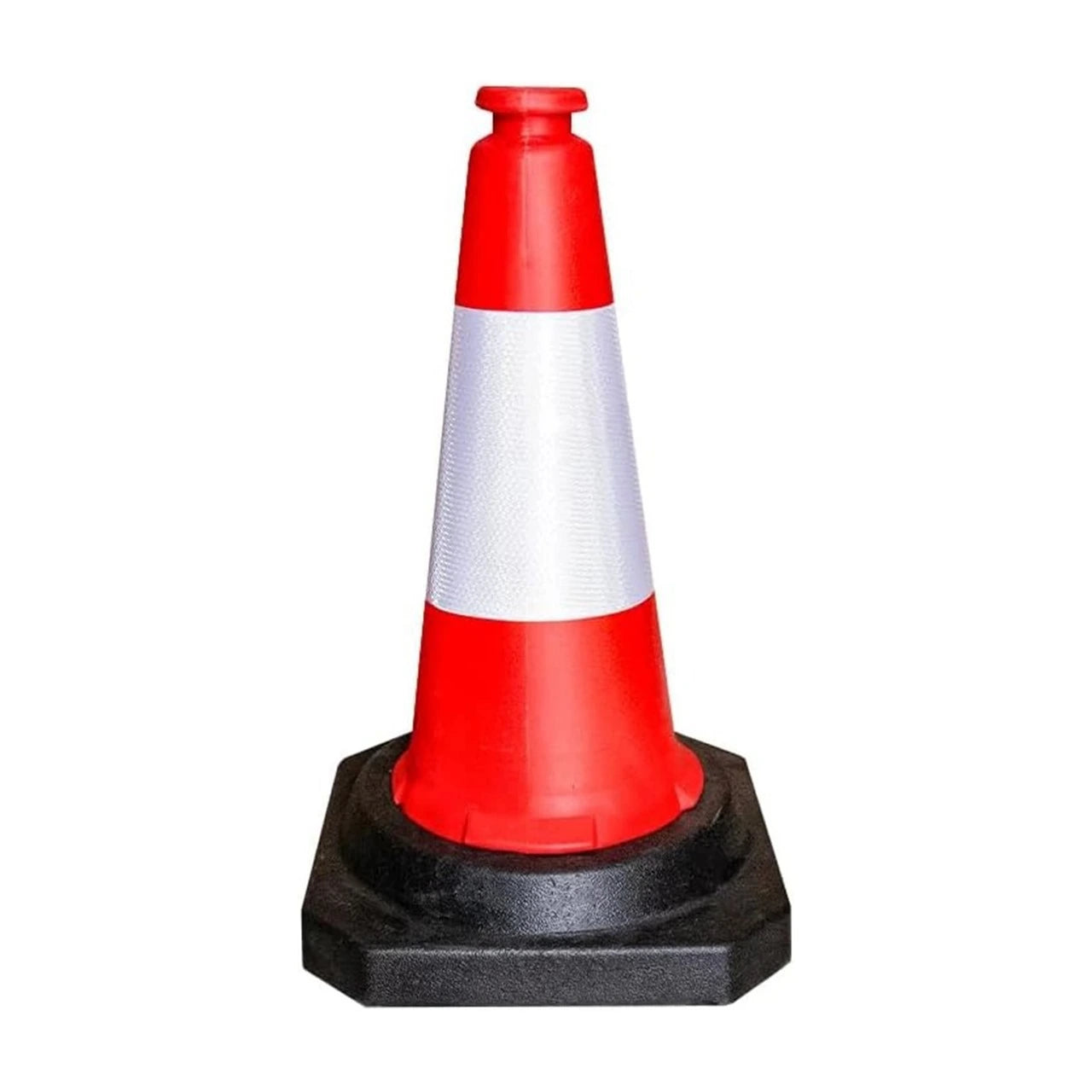Reflective traffic cones are one of the most recognized tools in road safety management. Whether it’s highways, construction sites, school zones, or parking areas, these cones are designed to improve visibility and protect both workers and drivers. With their reflective bands, they stand out during day and night, making them an essential part of traffic control and crowd management. In this blog, we’ll break down what makes a reflective safety cone effective, where it’s used, and why it’s also known as a traffic pylon in some regions.
What Is a Reflective Safety Cone?
A reflective safety cone is a traffic cone fitted with reflective collars or bands that shine brightly when hit by headlights or external light sources. This feature makes them more visible in low-light and nighttime conditions, reducing the risk of accidents. These cones are typically made from durable PVC or rubber materials that can withstand weather, impact, and daily use.
Key Features of Reflective Traffic Cones
-
High Visibility
Equipped with reflective collars, they ensure drivers can spot them from a distance, even in poor lighting. -
Durable Material
Made from weather-resistant PVC or rubber, reflective cones can withstand heavy outdoor use. -
Stable Base
Wide or weighted bases help keep the cone upright in windy or high-traffic conditions. -
Portable and Stackable
Their lightweight design allows for easy transport and quick setup. -
Multi-Purpose Use
Suitable for road safety, parking control, events, and pedestrian management.
Common Applications of Traffic Pylons
Reflective traffic cones, often called traffic pylons, serve a variety of purposes across industries:
-
Road Construction and Maintenance: Directing vehicles away from hazardous zones.
-
Parking Areas: Marking reserved spaces or blocked-off zones.
-
Events and Public Gatherings: Creating temporary pedestrian pathways.
-
Emergency Situations: Alerting drivers to accidents or blocked roads.
-
School Zones: Enhancing child safety during drop-off and pick-up hours.
Benefits of Using Reflective Cones
-
Safety: Reduces accidents by increasing visibility for drivers.
-
Versatility: Works in different settings, from roads to indoor facilities.
-
Cost-Effective: Durable and reusable, offering long-term savings.
-
Compliance: Meets traffic safety regulations and standards in most regions.
Conclusion
Reflective safety cones are more than just brightly colored markers—they are vital safety tools for both temporary and permanent use. Whether you call them traffic pylons or reflective cones, their purpose remains the same: to guide, protect, and ensure smooth traffic flow. Businesses, contractors, and event managers should always invest in high-quality reflective cones to meet safety standards and reduce risks.
FAQs
Q1: What is the difference between a reflective traffic cone and a regular cone?
A reflective cone has reflective collars or bands for visibility at night, while a regular cone may not.
Q2: Can reflective safety cones be used indoors?
Yes, they are often used in warehouses, factories, or event spaces for marking hazards and pathways.
Q3: How tall should a reflective cone be for road safety?
Standard sizes range from 50 cm to 100 cm, with taller cones preferred for highways and high-traffic zones.
